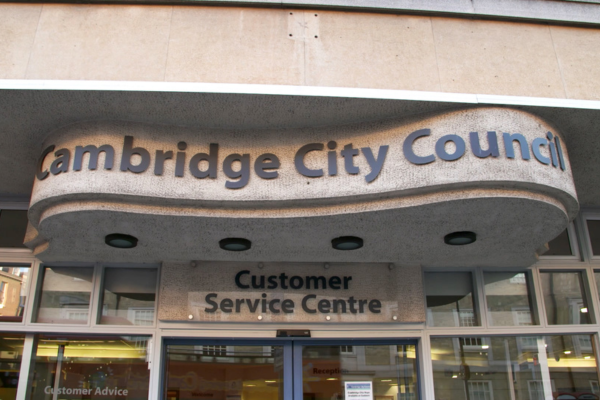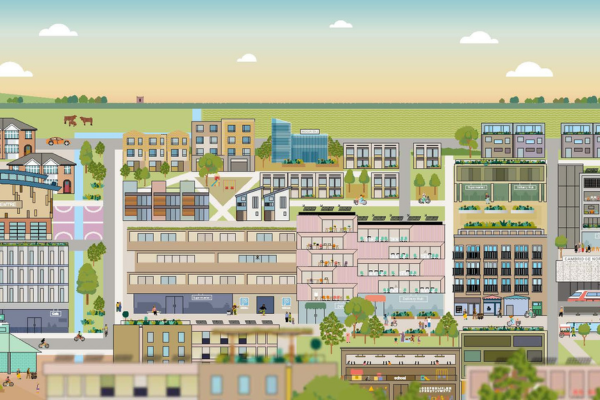If you believe your property has been damaged as a result of subsidence caused by nearby trees you should ask your building insurer to investigate the matter.
Building subsidence issues involving trees in parks and open spaces should be reported to us – see below.
Building subsidence issues involving trees along public highways should be reported to Cambridgeshire County Council.
Building subsidence issues involving trees on private land should be discussed with the owner or occupier of the land.
Trees may be protected by a Tree Preservation Order (TPO) or by being located in a conservation area.
Subsidence claims against Cambridge City Council
New subsidence claims involving city council-owned trees will be handled in accordance with our Tree Strategy (specifically policies GM9, GM10 and GM11) and will require the following information as a minimum:
- A description of the property, including a description of the damage and the crack pattern, the date that the damage first occurred/was noted, details of any previous underpinning or building work, the geological strata for the site identified from the geological map
- Details of vegetation in the vicinity and its management since discovery of the damage. Include a plan showing the vegetation and affected building
- Measurement of the extent and distribution of vertical movement using level monitoring Where level monitoring is not possible, state why and provide crack-monitoring data
- A profile of a borehole dug to identify foundation type and depth and soil characteristics
- The sub-soil characteristics including soil type -liquid limit, plastic limit and plasticity index
- The location and identification of roots found
- Proposals and estimated costs of options to repair the damage
Tree planting advice
If you are thinking of planting a tree in your garden and are concerned about it causing subsidence, a qualified arborist can provide advice on species selection and suitable planting distances from your property. Your local tree nursery may also be able to help.



